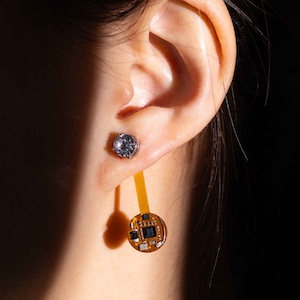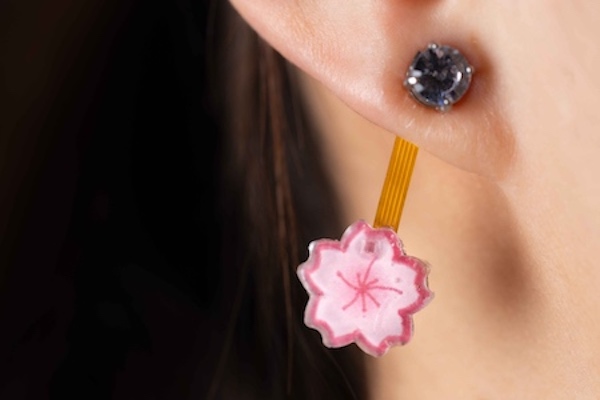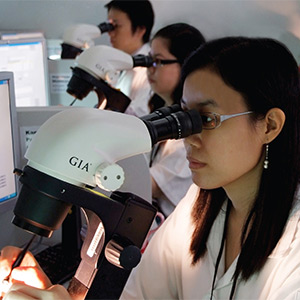
University of Washington (UW) researchers have developed the thermal earring, a new wearable they say outperforms smartwatches in measuring a wearer’s skin temperature during periods of rest.
The earring has also shown promise for monitoring signs of stress, eating, exercise, and ovulation, according to a statement.
UW’s prototype smart earring—which is not currently commercially available—is about the size and weight of a small paper clip and boasts a 28-day battery life. A magnetic clip attaches one temperature sensor to a wearer’s ear, while a second sensor dangles below it and estimates room temperature. The second sensor can include fashion designs made of resin or gemstones, without negatively affecting its accuracy.

The earring contains a Bluetooth chip, a battery, two temperature sensors, and an antenna. After reading and sending a person’s temperature, it goes into deep sleep to save power.
“I wear a smartwatch to track my personal health, but I’ve found that a lot of people think smartwatches are unfashionable or bulky and uncomfortable,” said Qiuyue (Shirley) Xue, a UW doctoral student in the Paul G. Allen School of Computer Science & Engineering, in a statement.
“I also like to wear earrings, so we started thinking about what unique things we can get from the earlobe,” added Xue, who coauthored a study on the thermal earring published earlier this year in a technology journal. “We found that sensing the skin temperature on the lobe, instead of a hand or wrist, was much more accurate. It also gave us the option to have part of part of the sensor dangle to separate ambient room temperature from skin temperature.”
Xue’s statement said that “current wearables like Apple Watch and Fitbit have temperature sensors, but they provide only an average temperature for the day, and their temperature readings from wrists and hands are too noisy to track ovulation.”
Eventually, Xue said, she hoped to develop a full jewelry set for health monitoring. “The earrings would sense activity and health metrics such as temperature and heart rate,” she explained, “while a necklace might serve as an electrocardiogram monitor for more effective heart health data.”
(Photos: Raymond Smith/courtesy of the University of Washington)
- Subscribe to the JCK News Daily
- Subscribe to the JCK Special Report
- Follow JCK on Instagram: @jckmagazine
- Follow JCK on X: @jckmagazine
- Follow JCK on Facebook: @jckmagazine







